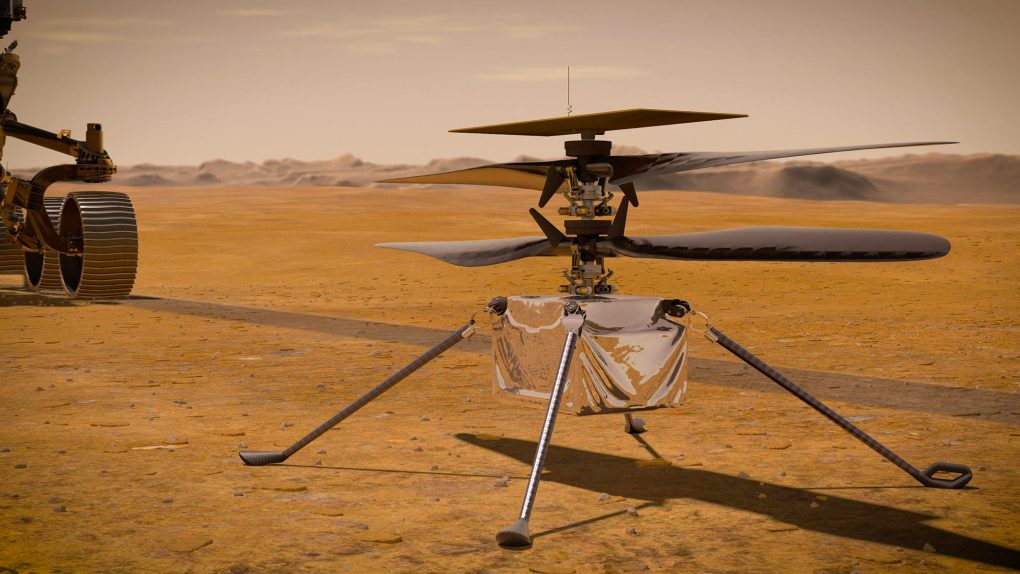Sending a helicopter to Mars is something that had never been done before NASA strapped one to the belly of the might Perseverance rover and shot it into space. Nobody quite knew what was going to happen. Sure, the scientists and engineers working on the Ingenuity helicopter project had crunched all the numbers and outfitted the aircraft with everything it needed to get the job done once it arrived on Mars, but sometimes it doesn’t matter how carefully you plan, especially when it comes to space exploration. When NASA finally fired it up, all the hard work paid off, and after three (soon to be four) successful flights, NASA says the aircraft has exceeded its expectations.
So, what’s next? Does the Ingenuity team pack up and begin working on whatever comes next? Not quite. The helicopter still has weeks of life left, according to the original mission timeline that stated the aircraft would have roughly a month of working life once Perseverance cut it loose. You can’t let a perfectly good helicopter go to waste, so NASA is ready to push it to its limits and see what it can really do.
In a new blog post, NASA’s Jet Propulsion Laboratory reveals what its criteria for success was, regarding the Ingenuity helicopter:
The Ingenuity team had three objectives to accomplish to declare the technology demo a complete success: They completed the first objective about six years ago when the team demonstrated in the 25-foot-diameter space simulator chamber of JPL that powered, controlled flight in the thin atmosphere of Mars was more than a theoretical exercise. The second objective – to fly on Mars – was met when Ingenuity flew for the first time on April 19. The team surpassed the last major objective with the third flight, when Ingenuity rose 16 feet (5 meters), flying downrange 164 feet (50 meters) and back at a top speed of 6.6 feet per second (2 meters per second), augmenting the rich collection of knowledge the team has gained during its test flight campaign.
It’s incredible that the team managed to nail all of those goals, but the really exciting thing is that Ingenuity is just getting started. With those milestones met, the team can decide what it wants Ingenuity to do next, and in its fourth planned flight, it will push the helicopter harder than ever. The team has commanded Ingenuity to reach an altitude of 16 feet and then travel a total of 435 feet horizontally. While it does this, it will be capturing images of the surface every 4 feet, creating a detailed “map,” so to speak, of the area over which it flies. Once it reaches the end of its designated path it will hover in place and then return to where it began the journey.
The Ingenuity team is conducting this flight today, Thursday, April 29th, and by the time you read this, it will be either awaiting the data from the flight or preparing it to be released to the public. Exciting times!








